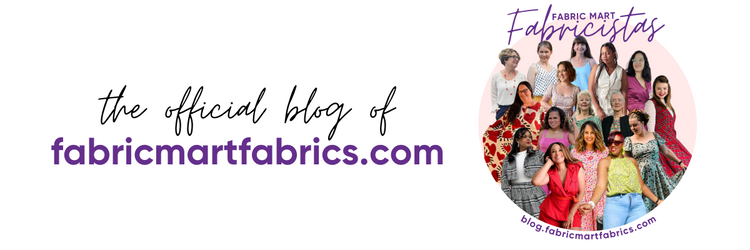As the winter approaches, I often have a hard time with keeping warm while trying not to suffocate. While I am originally from NY, I have done tours in both GA, and FL completely erasing my tolerance for cold weather. In November, I made a full wool jumpsuit (my favorite garment) out of a medium weight wool. I must admit, while I love the feel and look of wool, it was entirely too hot. Adding a coat to it would only work if I were walking more than 2-3 blocks in the mist of this frigid weather.
This time around, I decided to make a jumpsuit that was more suitable for winter wear without being too hot. What better way to do that than to construct one with short sleeves and with a light weight wool! I must say, this time, I hit it on the nail!
The fabric used is a dark navy worsted wool twill that sews like a dream! It can be found (click here)
The patterns I used were McCall 7021 (bodice only) and McCall 6930 (drafted into pants). As explained in my tutorial (CLICK HERE). I often draft my wide leg pants from shorts patterns. I do this because I am a fan of high waist pants and I immediately fell in love with the fit of both M6930 and M6756 (I even have a couple spares in case they go OOP). For M7021, I used the bodice as a sloper to create the top of my jumpsuit. I could have easily used Vogue 8815, but wanted to brush up on my drafting/pattern adjustment skills and show my audience how easy it is to make a completely different garment from a simple pattern.
I made the following adjustments to M7021:
1) Cut the front neckline a 1/2 inch higher than intended.
2) Extended the sides to accommodate darts (not part of the original pattern)
3) Created a top facing for the second layer (see video)
I made the following adjustments to M6930:
1) Eliminated the pockets
2) Created my own waistband/belt. (4.5 Inches x waist measurement + 1 inch)
I made very small 1/4 inch hems on my bodice using the half of half method for creating my darts.
This time around, I decided to make a jumpsuit that was more suitable for winter wear without being too hot. What better way to do that than to construct one with short sleeves and with a light weight wool! I must say, this time, I hit it on the nail!
The patterns I used were McCall 7021 (bodice only) and McCall 6930 (drafted into pants). As explained in my tutorial (CLICK HERE). I often draft my wide leg pants from shorts patterns. I do this because I am a fan of high waist pants and I immediately fell in love with the fit of both M6930 and M6756 (I even have a couple spares in case they go OOP). For M7021, I used the bodice as a sloper to create the top of my jumpsuit. I could have easily used Vogue 8815, but wanted to brush up on my drafting/pattern adjustment skills and show my audience how easy it is to make a completely different garment from a simple pattern.
I made the following adjustments to M7021:
1) Cut the front neckline a 1/2 inch higher than intended.
2) Extended the sides to accommodate darts (not part of the original pattern)
3) Created a top facing for the second layer (see video)
I made the following adjustments to M6930:
1) Eliminated the pockets
2) Created my own waistband/belt. (4.5 Inches x waist measurement + 1 inch)
I made very small 1/4 inch hems on my bodice using the half of half method for creating my darts.
I left the left shoulder seam open and hemmed for the attachment of hook and eye. I have had my fair share of urgent potty moments with my jumpsuits and figured this was a better way to maneuver :).
After getting my bodice completed, I attached the waistband to the pants and attached the bodice to the top of the waistband.
This project (without the starting and stopping to record) could have been accomplished in about 2 hours from cutting to completion. I am pleased at the outcome and look forward to wearing this jumpsuit comfortably with a nice coat this weekend.
The bad thing about this weather is having too many dreary days along with the rock bottom temperatures. I opted to go outside and catch a bit of the sun rays for a couple outdoor pictures. You can almost see how cold I was :).
Happy Sewing!
Jenese
Needles and Fashion







Absolutely love it.
ReplyDeleteI love this! I would totally copy this if I was working in a professional environment. The color is really smart.
ReplyDeleteThis is so nice! Classic in a sexy kinda way. Great job!
ReplyDeleteLovely!
ReplyDeleteYour jumpsuit looks spectacular on you! Thanks for all the detailed info you provided re: making your jumpsuit.
ReplyDelete